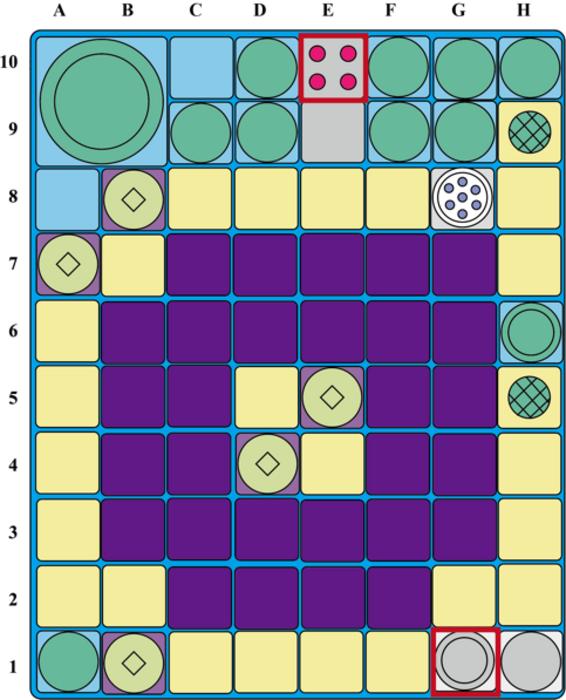Research findings from a group of scientists at the University of Tokyo have propelled our understanding of the interplay between neutron radiation and the physical properties of concrete, a critical material in the construction of nuclear power plants. For years, concrete has stood as a robust bastion of engineering within the nuclear sector, but a clear understanding of how neutron radiation influences its longevity and structural integrity was largely unexplored. This research has finally provided significant insights into this vital relationship.
Exploring the effects of neutron radiation on concrete involves delving into the behavior of its composite materials, primarily its mineral components. Among these minerals, quartz plays a pivotal role due to its prevalence and structural attributes. The unique crystalline structure of quartz can undergo transformations when subjected to neutron radiation, particularly in terms of expansion and amorphization. Profound understanding of these changes is critical for predicting how nuclear structures will behave over time, especially under extreme conditions typical within reactor environments.
The researchers led by Professor Ippei Maruyama have meticulously studied how quartz crystals within concrete respond to neutron exposure. They discovered that the total dose of radiation received, coupled with the rate at which this dose is administered, significantly affects the expansion behavior of quartz. This finding offers an analogy to outdoor exposure to sunlight; a short, intense period of sunlight can have more damaging effects than prolonged exposure to moderate sunlight, highlighting the importance of dose rate in the context of neutron radiation.
Their astonishing conclusions further reveal that a high dose rate leads to greater expansion in quartz crystals, contrary to initial expectations. When samples were subjected to neutron radiation, the rate of expansion observed was more pronounced under faster dosage rates. This revolutionary discovery raises intriguing questions about the underlying mechanisms at work within the mineral’s structure.
Moreover, the researchers noted a healing phenomenon where quartz crystals exhibit the ability to recover following radiation exposure, an aspect that could drastically influence the operational timelines of nuclear facilities. The larger the quartz crystals within the concrete, the less they expanded when exposed to neutron radiation. This size-dependent behavior introduces a remarkable layer to our understanding of nuclear construction materials and could have significant implications for extending the lifespan of nuclear reactors around the world.
The importance of this research cannot be understated. With global energy demands increasing and a concurrent push towards carbon-neutral solutions, nuclear power is often hailed as a viable component of the future energy landscape. Addressing public anxieties surrounding nuclear safety is paramount, especially given the catastrophic failures associated with aging infrastructure. Enhancing our knowledge of the materials used in reactors, particularly concrete, is a key factor in alleviating these fears.
As the research progresses, the team plans to delve deeper into the behaviors of various rock-forming minerals and how they specifically contribute to the overall performance of concrete under neutron irradiation. Such investigations not only drive innovation in nuclear power infrastructure but also open avenues for potential applications in the development of materials to be used for extraterrestrial construction. With human exploration of space ramping up, novel building materials that exhibit durability and resilience in extreme conditions will be fundamental.
Essentially, these findings could pioneer new standards for material selection in both terrestrial and extraterrestrial applications—ensuring that the structures we build to house and shield us from radiation are not merely adequate but optimized for long-term stability and safety.
Future studies are aimed at comprehensively understanding how different mineral constituents affect concrete’s expansion behavior. The questions raised point toward the need for developing predictive models that will inform the eventual design of concrete mixes optimized not just for performance but for resilience against radiation over the long haul.
In conclusion, the pioneering research from the University of Tokyo stands to shape the future of concrete used in nuclear infrastructure significantly. By dissecting the relationship between neutron radiation and its effects on quartz, these researchers are not just safeguarding the existing nuclear plants but paving the way for a more sustainable approach to energy—one that firmly positions nuclear power as a cornerstone for a carbon-neutral future.
The implications of this research extend far beyond just the realm of nuclear energy. As scientists continue to unravel the complex behaviors of materials under extreme conditions, we may well find ourselves equipped with new knowledge and materials that enhance construction across a wide breadth of industries, from terrestrial high-rises to futuristic colonies on distant moons or planets.
Subject of Research: Neutron radiation impact on concrete’s structural integrity and quartz expansion.
Article Title: Neutron flux impact on rate of expansion of quartz.
News Publication Date: 13-Jan-2025.
Web References: University of Tokyo website
References: Maruyama, Ippei et al. (2025). Neutron flux impact on rate of expansion of quartz. Journal of Nuclear Materials. DOI: 10.1016/j.jnucmat.2025.155631.
Image Credits: ©2025 Maruyama et al. CC-BY-ND
Keywords
Neutron Radiation, Concrete, Structural Integrity, Quartz Crystals, Nuclear Power, Materials Science, Energy Sustainability, Environmental Conditions, Extraterrestrial Construction, Research Study.




